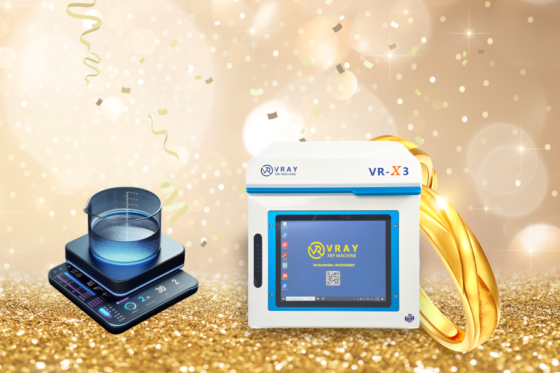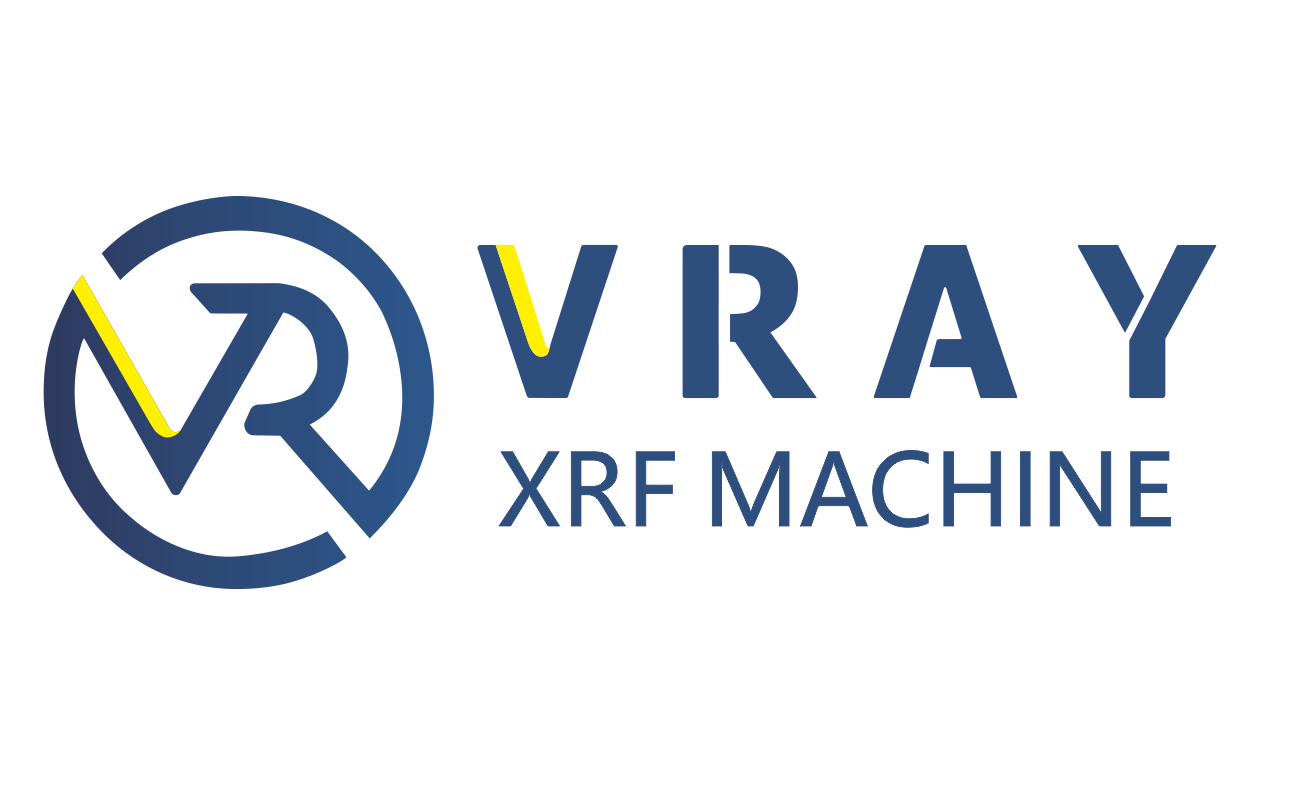密度計金テスターとXRF金テスターの違いは何ですか?

When it comes to gold testing, professionals rely on accurate and reliable methods to verify the purity and composition of gold. Two popular tools for this purpose are the density meter gold tester and the 蛍光X線分析計 (蛍光X線) gold tester. While both provide useful insights into gold’s quality, they work on different principles and offer distinct advantages. このブログでは, we’ll break down the key differences between these two testing methods and help you determine which is best suited for your needs.
1. Testing Principle
- Density Meter Gold Tester: A density meter tests gold based on the Archimedes’ principle. It measures the mass and volume of the gold sample to calculate its density. Since different materials have different densities, the device can provide an estimate of the gold’s purity by comparing its density to that of pure gold (19.32 g/cm³). しかし, this method is indirect, and the accuracy can be affected by the presence of alloys or impurities.
- XRF金テスター: An XRF tester uses X-ray fluorescence technology to determine the elemental composition of a gold sample. The machine directs X-rays onto the surface of the material, causing the atoms to emit secondary X-rays. By analyzing the energy levels of these emissions, the XRF tester identifies the specific elements in the sample and their proportions, providing a direct analysis of gold purity and any other metals present.
2. Accuracy
- Density Meter Gold Tester: While density measurement can give a general indication of gold purity, it is not the most accurate method, especially when dealing with alloys. If the sample is not 100% pure, the test results may be skewed by the presence of other metals like copper or silver, making it less reliable for distinguishing between different grades of gold (e.g., 18k, 22k, または24K).
- XRF金テスター: XRF testing is considered highly accurate, especially when analyzing 合金 and multi-element materials. It can detect not only the gold content but also the presence of other metals, like palladium, 白金, and silver. XRF is known for its precision, typically reaching up to 99.99% accuracy, depending on the model and the sample being tested.
3. 非破壊検査
- Density Meter Gold Tester: Density testing is generally non-destructive, but it requires the sample to be weighed and submerged in water, which may not be suitable for delicate or valuable items like gold jewelry with gemstones.
- XRF金テスター: XRF testing is fully non-destructive. No sample preparation is needed, and the test can be performed on a wide range of materials without altering or damaging them. This makes XRF ideal for testing finished gold products like coins, bars, and jewelry.
4. Speed of Testing
- Density Meter Gold Tester: A density meter typically requires more time for each test since the sample must be weighed, submerged, and recalculated. It might also need additional equipment like a balance and beaker. The process can take a few minutes per sample.
- XRF金テスター: XRF analyzers are known for their fast testing speed. Many modern XRF devices can provide results in お代わり, making them more convenient for high-throughput environments, such as jewelry stores, 質屋, or assay offices.
5. Versatility and Use Cases
- Density Meter Gold Tester: This tool is best suited for testing simple gold items, such as bars or coins, where there is no risk of other materials interfering with the measurement. It may not perform as well with complex jewelry or items that contain multiple materials (e.g., stones or mixed metals).
- XRF金テスター: The XRF tester is highly versatile and can analyze a wide range of materials. It is not limited to gold and can test for multiple elements at once, making it ideal for various industries, ジュエリーを含む, recycling, 採掘, and metallurgy.
6. Cost
- Density Meter Gold Tester: Density meters are generally more affordable than XRF analyzers, making them attractive for users who need a basic gold testing tool but are on a budget.
- XRF金テスター: XRF analyzers tend to be more expensive due to their advanced technology and greater accuracy. しかし, the investment is worthwhile for businesses or professionals that need precise, fast, and non-destructive testing across different gold alloys and materials.
結論: Which Should You Choose?
Choosing between a density meter gold tester and an XRF gold tester depends on your specific needs:
- If you’re looking for a cost-effective method to test the density of simple gold items like coins or bars, ザ density meter might suffice. しかし, its accuracy may be limited when dealing with alloys or complex jewelry.
- If you need high accuracy, 速度, and the ability to test a wide variety of gold items, including alloys, jewelry, and mixed materials, ザ XRF金テスター is the superior choice. Its non-destructive nature and rapid results make it an essential tool for professionals in the gold and precious metals industry.
Both methods have their place, but when precision is paramount, the XRF analyzer stands out as the more advanced and reliable technology for gold testing.
 VRAYインストゥルメントリミテッド
VRAYインストゥルメントリミテッド

